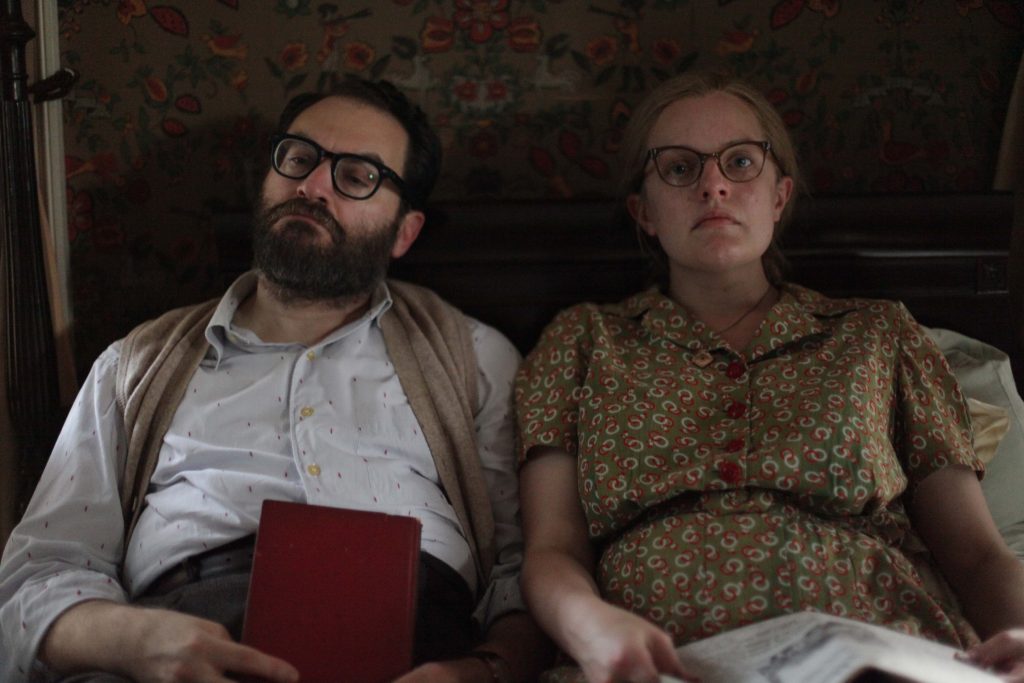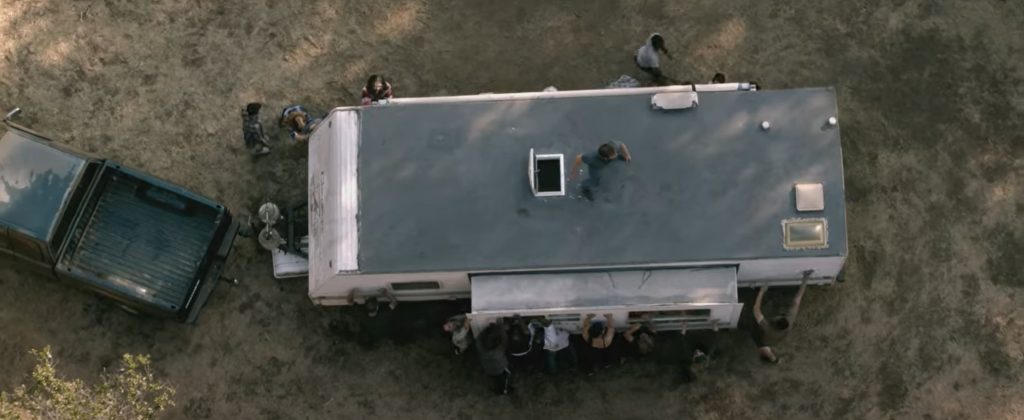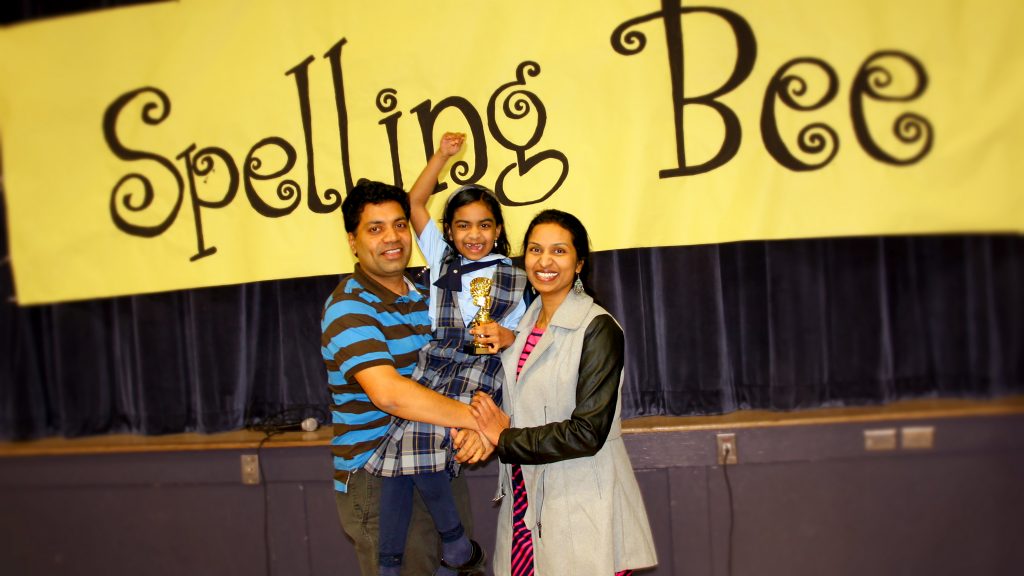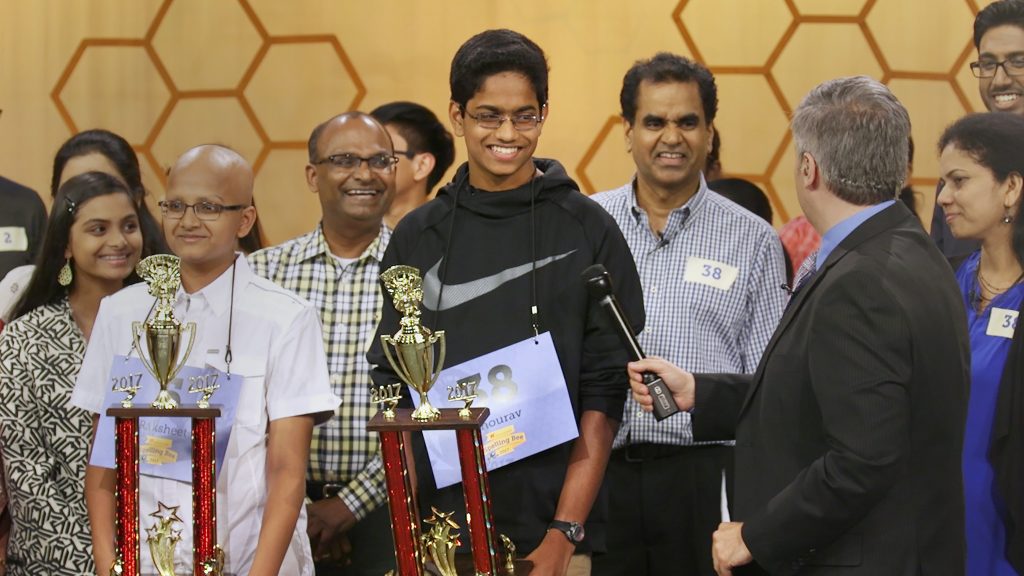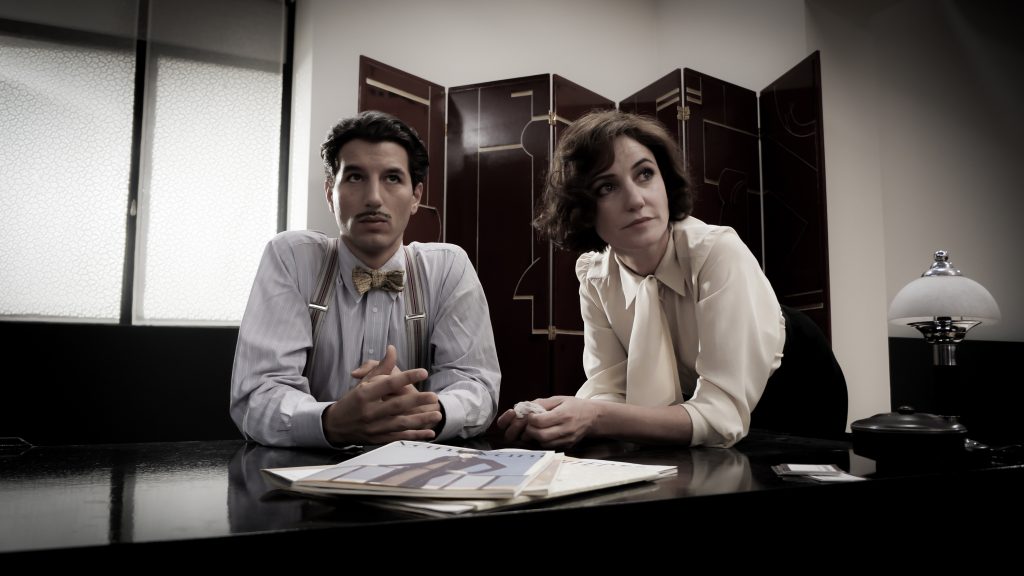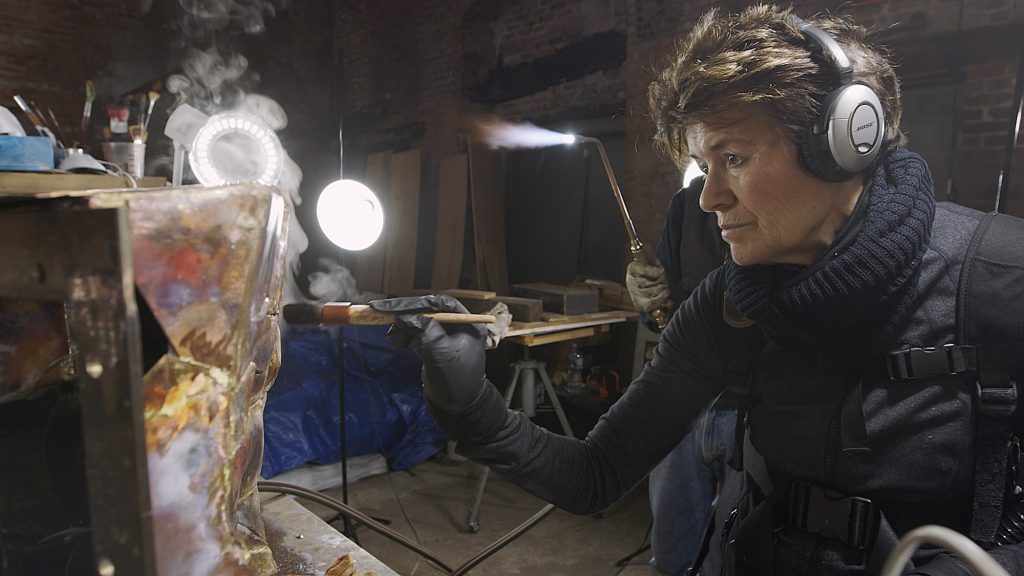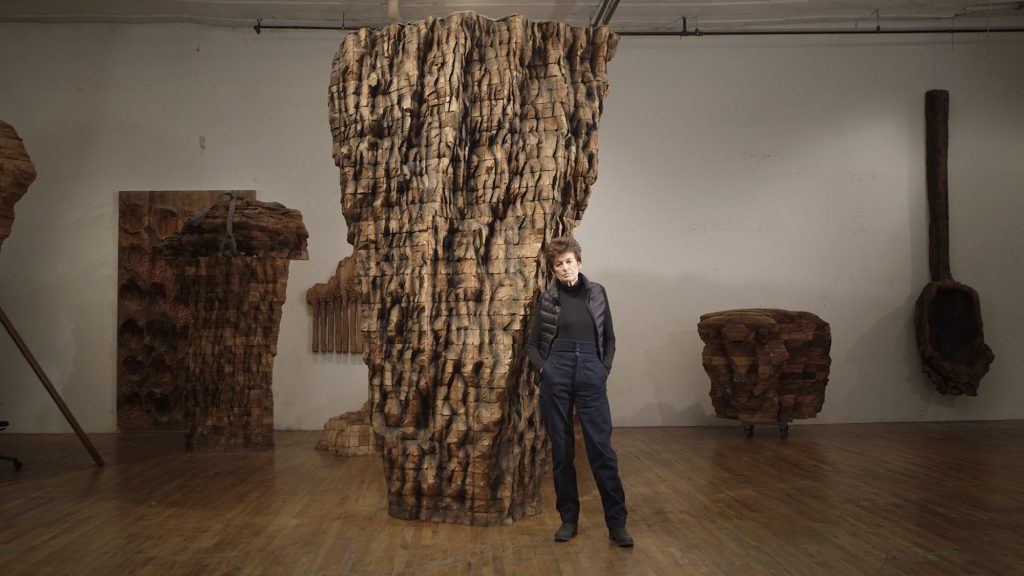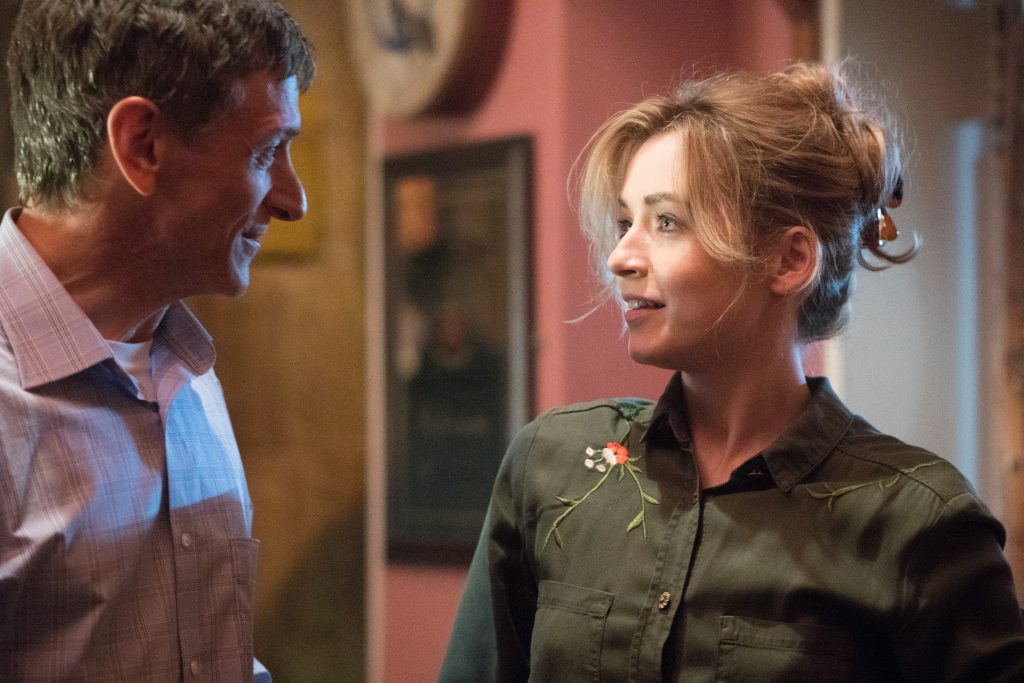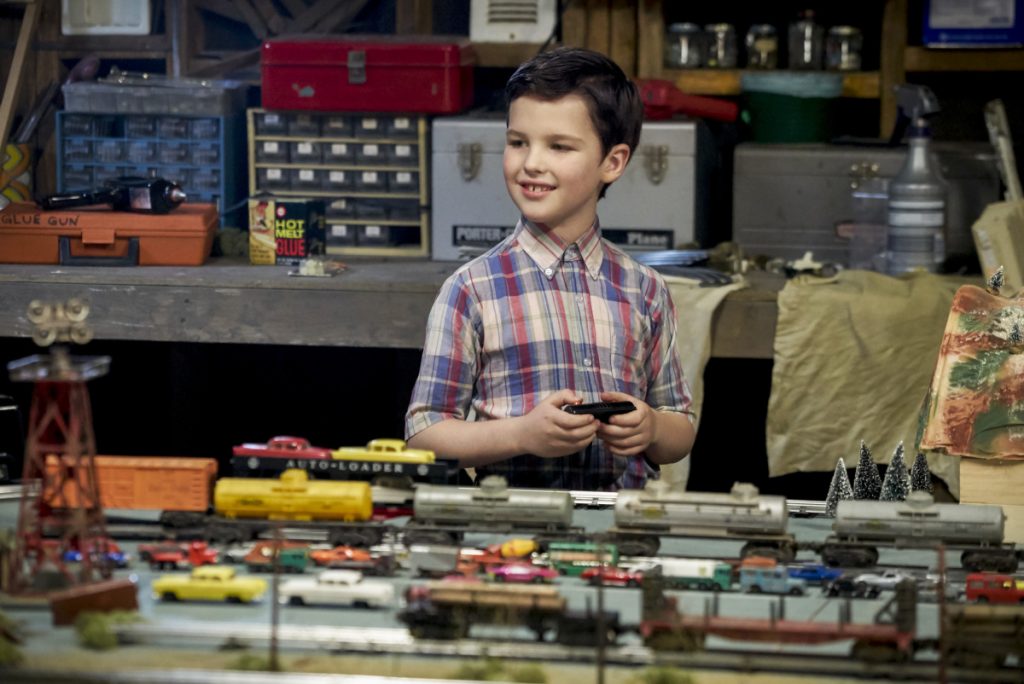June 5, 2020
by Carla Hay

Directed by Cheryl Horner McDonough
Culture Representation: Taking place in Parkland, Florida, and various other U.S. cities, the documentary “Parkland Rising” has a racially diverse group of activists (white, black, Latino and Asian) representing the middle-class.
Culture Clash: People affected by the mass murder at Marjory Stoneman Douglas High School band together for activism against gun violence, but they face harsh opposition from National Rifle Association (NRA) supporters and other people who don’t want current U.S. gun laws changed.
Culture Audience: “Parkland Rising” will confirm the beliefs of the people who agree with this activism, while people opposed won’t change their minds or might have some misconceptions dispelled about these activists.
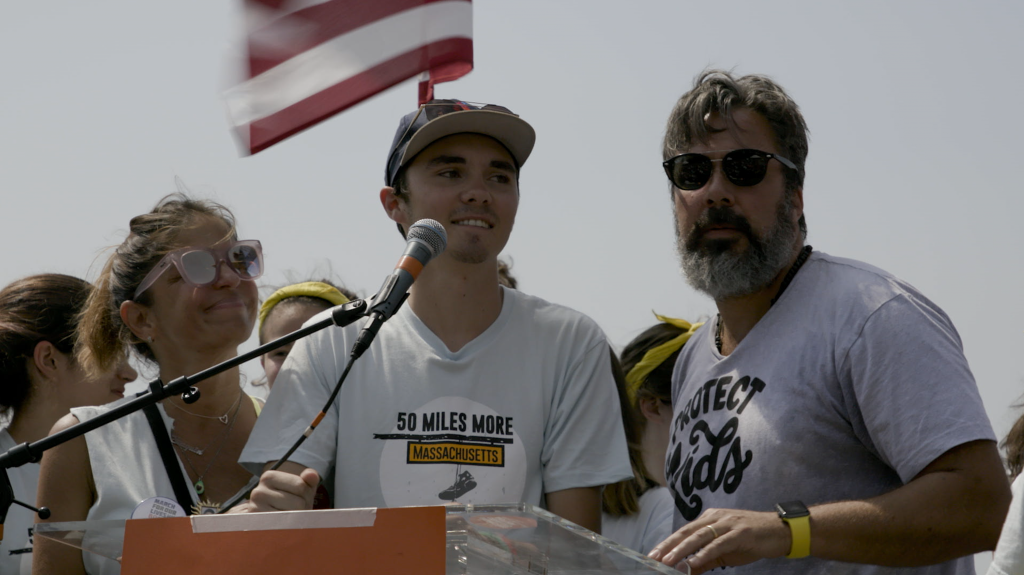
There have now been several documentary films made about how people affiliated with Marjory Stoneman Douglas (MSD) High School in Parkland, Florida, have been coping with the tragedy of the mass murder that killed 17 people at the school on February 14, 2018. It’s understandable if some people might get all of these documentaries confused, and these documentaries (which are all independent films) will inevitably be compared to each other.
Before this review gets into discussing “Parkland Rising,” here’s a brief summary of the Parkland tragedy documentaries that have been completed so far:
“Parkland: Inside Building 12” (directed by Charlie Minn and released in 2018) has a step-by-step timeline account of the shooting spree, and the film includes interviews with the some of the survivors.
“After Parkland” (directed by Emily Taguchi and Jake Lefferman and released in 2019) focuses on a small group of students and some of their parents, to show how the tragedy affected them. Although activism for stricter gun control (including the formation of the activist group Never Again MSD) and school safety are mentioned and shown, the film is mainly centered on the film subjects’ lives in Parkland after the tragedy. (For example, what it was like for the students to attend their high school prom a few months after the shooting.)
“Parkland Rising” (directed by Cheryl Horner McDonough and released in 2020) takes a deep dive into chronicling the activism of the Parkland students, parents and supporters. There’s a lot of footage of what happened during the 2018 Never Again MSD tour across the United States.
“Us Kids” (directed by Kim A. Snyder) premiered at the 2020 Sundance Film Festival, and the film does not have a distributor or release date yet, as of this writing. “Us Kids” is also about the activism, but it focuses only on the students, not the parents or other authority figures.
“After Parkland,” “Parkland Rising” and “Us Kids” also cover the March for Our Lives event on March 24, 2018. The event, which was organized largely by Parkland survivors, had its flagship rally in Washington, D.C., but there were hundreds of other March for Our Lives rallies around the world that were part of the event.
Some of the same people are prominently featured in “After Parkland” and “Parkland Rising,” such as student activists David Hogg and Sam Zeiff; Manuel Oliver and Patricia Paduay Oliver, the parents of slain student Joaquin Oliver; and Rebecca Boldrick Hogg, who is David Hogg’s mother.
People interviewed in “Parkland Rising” also include Fred Guttenberg, whose 14-year-old daughter Jaime was among those murdered in the shooting; Ronit Reoven, a psychology teacher at the school, who’s shown in the documentary leading a support group for student survivors; and David Hogg’s father, Kevin Hogg, a former FBI agent who is his son’s unofficial bodyguard and safety advisor.
“Parkland Rising” also includes footage of life at the high school after the mass murder. Teacher/yearbook advisor Sarah Lerner is shown with some students as they put together the school’s yearbook that includes tributes to the slain students. There are also separate commentaries from students in psychology teacher Reoven’s support group, including Danielle Gilbert, Morgan Williams, Elizabeth Stout, Amanda Lee and Stephanie DeOliveira.
Zeiff and Aly Sheehy (one of the more prominent Parkland student activists) are shown griping about the school’s new rule of prohibiting any backpacks that are not see-through. Sheehy calls it a “band-aid” to the problem. Zeiff holds up his cluttered see-through backpack and asks, “Do you know for certain that I don’t have a knife in here?” He adds, “It’s embarrassing that our school has to go through this. I definitely don’t think any young people were involved in this decision … We’re waiting for real change.”
One of the best things that “Parkland Rising” does that “After Parkland” does not is show how this activism does not exist in a bubble. “Parkland Rising” includes footage of a lot of raw and often angry reactions from people on the other side of the debate over gun laws. It’s what makes “Parkland Rising” a much more comprehensive film than “After Parkland,” because gun laws are a very emotional and divisive topic in the United States. “Parkland Rising” doesn’t sugarcoat or ignore that controversy at all.
“Parkland Rising” includes footage of opposition to the goals of Never Again MSD and similar groups. That opposition is shown as coming out in various ways—cyberbullying and death threats; counter-protestors or angry bystanders who try to shout down the Parkland activists during rallies and media appearances; and NRA supporters who have civil discussions with the activists.
For example, the documentary shows that every time David Hogg goes out in public, he can get praise or insults within seconds of each other in the same place. “Parkland Rising” chronicles a Never Again MSD boycott demonstration at a Publix supermarket in Florida, to protest Publix’s financial support of NRA advocate Adam Puth, a Republican who was running for governor of Florida in 2018. The protesters planned to do a “Die-In at Publix” demonstration, by lying down as a group in the supermarket, to symbolize and commemorate the people who’ve died because of gun violence.
While doing TV interviews outside the store before the protest, David Hogg (one of the most recognizable of the Parkland shooting survivors) is loudly heckled by angry white men. One of the hecklers chants while standing near his car in a nearby parking lot, “God bless America! NRA!” Another shouts from his car on the street, before speeding off: “Fuck you, David Hogg, you fucking bitch!” David Hogg wryly responds to the camera, “It means I’m doing something right.”
During another media interview, David Hogg is surrounded by TV camera people, and his father Kevin hovers protectively nearby. Kevin explains that when he accompanies his son to these types of public appearances, he’s always checking the hands of the people around David, to make sure that none of them will suddenly pull out a weapon.
During this public appearance, a middle-age male video blogger heckled David Hogg and shouted an accusation that David was being paid by billionaire George Soros, a high-profile contributor to Democratic politician campaigns. David Hogg replies to the heckler, “Dude, who the fuck is George Soros?”
David Hogg was a senior in high school when the shooting happened. At a time when many kids are worried about where they’re going to go to school or work after they graduate from high school, David Hogg and other Parkland students who became activists have to worry about death threats. The documentary shows this harsh reality and how it can take a toll on these young people and their parents.
Rebecca Boldrick Hogg, David Hogg’s mother comments in the documentary: “I’m not surprised that David’s become an activist, because he’s pretty much been an activist his entire life … My husband and daughter [Lauren] and I are the same way. That’s pretty much how we roll.”
She adds that since the mass murder, there’s been a change in David’s personality. She describes David as a “fun person,” but that people don’t see that side of him now because he’s been so “angry “since the shooting. The Hogg family also had install an elaborate security system for the home because of the death threats and other threats of violence.
Later in the documentary, Kevin Hogg says of his children and other student activists: “I’m proud of them, but I’m sorry for what they have to go through at that age. I wish I could just put all that BS in the cabinet and let them live their years at the high school.”
His wife Rebecca adds: “I always wanted my kids to have—and they joke about this—the John Hughes high school experience, like the teen movies when I was a kid. And then, the shooting happened. I don’t there’s ‘typical’ anything anymore.”
Although the Parkland activists such as David Hogg admit that the bullying and violent threats can take a toll, they make it clear in the documentary that the changes they are fighting for mean much more to them than any threats, and that everything they’re doing to help their agenda for gun safety is worth the risk. Jaclyn Corin, one of the Parkland student activists, says that after the shooting: “My initial reaction was to get political. People were like, ‘This [political activism] isn’t going to work.’ Oh yeah, it is.”
Several times throughout the film, the activists have to reiterate that they are not against the U.S. Constitution’s Second Amendment (the right to bear arms), and they’re not about taking away people’s legally owned guns. In fact, many of the activists come from families who believe in owning guns. David Hogg’s mother Rebecca says, “We always had guns in our house.” But she admits, “Before the shooting, we never really talked about gun control.”
March for Our Lives co-founder Ryan Deitsch says that Never Again MSD has five main goals: (1) Repeal the Dickey Amendment to allow Centers for Disease Control research for gun violence; (2) Digitize records for the Bureau of Alcohol, Tobacco, Firearms and Explosives (also known as ATF), which currently keeps records on paper; (3) Ban high-capacity magazines for guns; (4) Implement universal background checks for gun buyers; (5) Ban assault weapons for private owners.
Out of all the parents of the murdered children, Manuel Oliver is perhaps the most visible and the most involved in getting media coverage for this activism. Several of the Parkland student have given him the affection name Tío Manny, which is Spanish for Uncle Manny. A Venezuelan immigrant who is now a U.S. citizen, Oliver is a visual artist who has done murals in various U.S. cities to commemorate his son Joaquin and other victims of the Parkland shooting. After Joaquin’s death, Manuel launched the nonprofit activist foundation Change the Ref, whose purpose is more gun safety and to empower future leaders who believe in this cause.
The documentary’s moments with Manuel Oliver and his family (including wife Patricia Paduay Oliver and Joaquin’s older sister Andrea Ghersi) are among the most emotionally powerful and unforgettable, especially when they have visceral reminders of Joaquin. Before leaving for a trip, he breaks down and cries as he listens to “Thinkin Bout You” from Frank Ocean, who was Joaquin’s favorite artist.
Manuel Oliver shares his philosophy on how he’s been coping with his son’s tragic death and how to handle the pushback against his activism: “I think the one main thing is to stay away from hate.” He says that he believes that Joaquin in heaven, and that his goal as a father is to do what is necessary to get to heaven. “I cannot risk the chance to be with Joaquin again.”
David Hogg praises Manuel Oliver by saying, “It’s amazing to see how the amount of love and compassion this man can have after such tragedy occurred.” Manuel Oliver says what keeps him motivated in his activism after experiencing the aftermath of the shooting: “I don’t want any other kids to feel the same nightmare, or any other parent to go through this.”
One of the standout segments in the film is showing how the Never Again MSD activists participated in a protest at NRA headquarters in Fairfax, Virginia, on August 4, 2018—what would have been Joaquin Oliver’s 18th birthday. Manuel Oliver gives a heartbreaking speech. And the approximately 1,000 activists easily outnumber the counter-protesters, who numbered about 40.
Vikiana Petit-Homme, a teenage executive director of March for Our Lives Boston, comments on the counter-protesters: “My problem with counter-protesters is … they don’t come to get anything out of it, other than to yell and scream and a bunch of kids. I know I’m on the right side of history on this one. I don’t think they can say the same.”
Guttenberg, one of the parents of a slain Parkland student, says in a separate interview: “The NRA creates this aura of this large, scary, massive group of people who are not affected by your loss and are going to punish you. And the majority is bullshit. They’re just people who buy into the delusional lie that when you say two words together—”gun safety”—that you are automatically going to be an anti-Second Amendment coming to take their guns … What’s different about Parkland is that not only are none of us shutting up, if they push at us, we come back harder.”
There are also some celebrity cameos in the film. Jennifer Hudson and Chance the Rapper are shown rallying with protesters during a March for Our Lives event in Chicago. Will.i.am, one of the executive producers of “Parkland Rising, is seen performing at another event. (Katie Couric, another executive producer of “Parkland Rising,” is not in the film.)
Several times during the filming of the movie, there were more mass shootings in the United States. The activists are shown reacting to this sad and tragic news. At one point in the documentary, there’s a harrowing montage list of mass shootings that occurred in the U.S. while the film was being made. It’s an effective way of showing how the crisis of gun violence has gotten worse, and it’s an issue that goes far beyond what is in this documentary.
“Parkland Rising” is undoubtedly sympathetic to the activists’ agenda, but director Horner McDonough does an admirable job of presenting the good, bad and ugly sides of this activism. Other documentaries might have put politicians in the film to give the perspectives of people who can make or revise these gun laws, but “Parkland Rising” wisely chose to keep the film focused on Parkland people and their supporters who are trying to make a change on a grassroots level. And really, if people need to see politicians talk about their stances on gun laws, there are plenty of other places to watch these politicians’ canned speeches. As David Hogg says at the end of the film about the activists’ goals: “This is a long fight, but the fight continues.”
Abramorama released “Parkland Rising” in select U.S. virtual cinemas on June 5, 2020.



